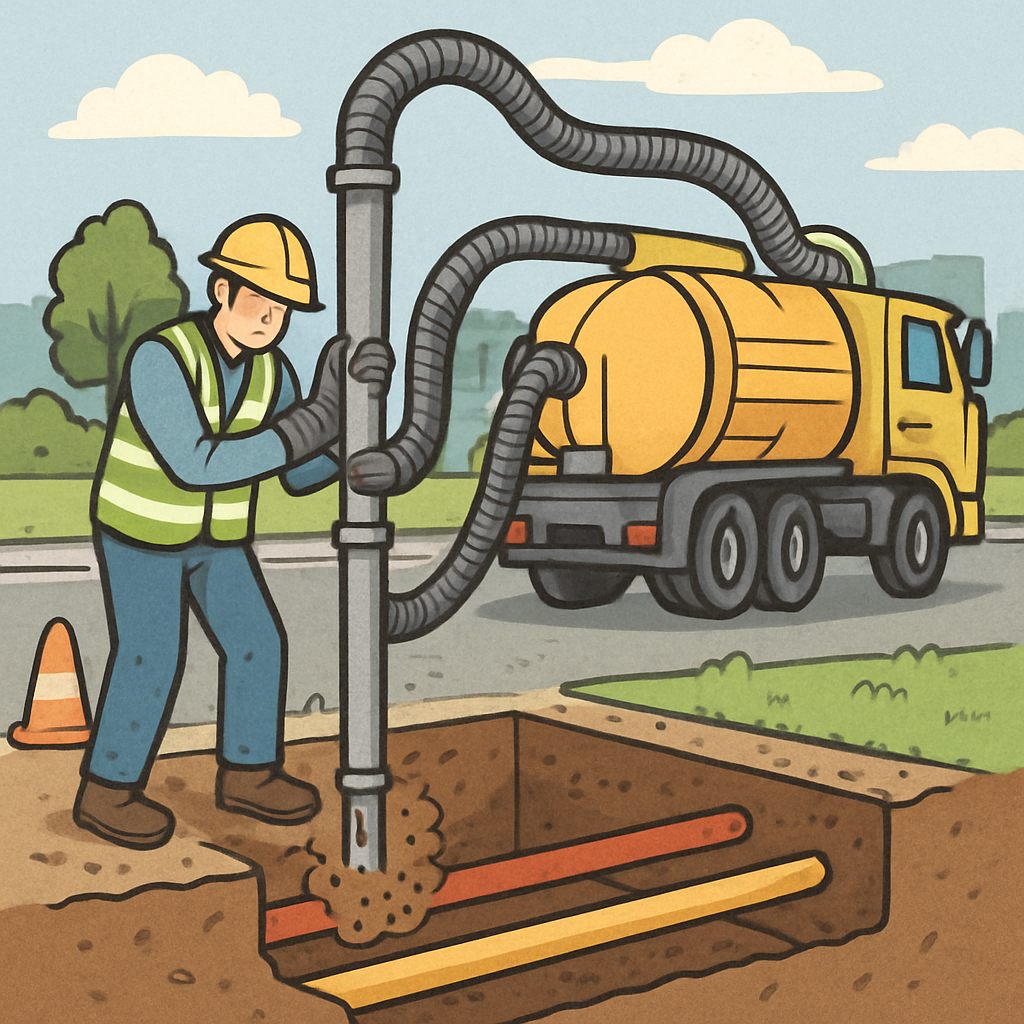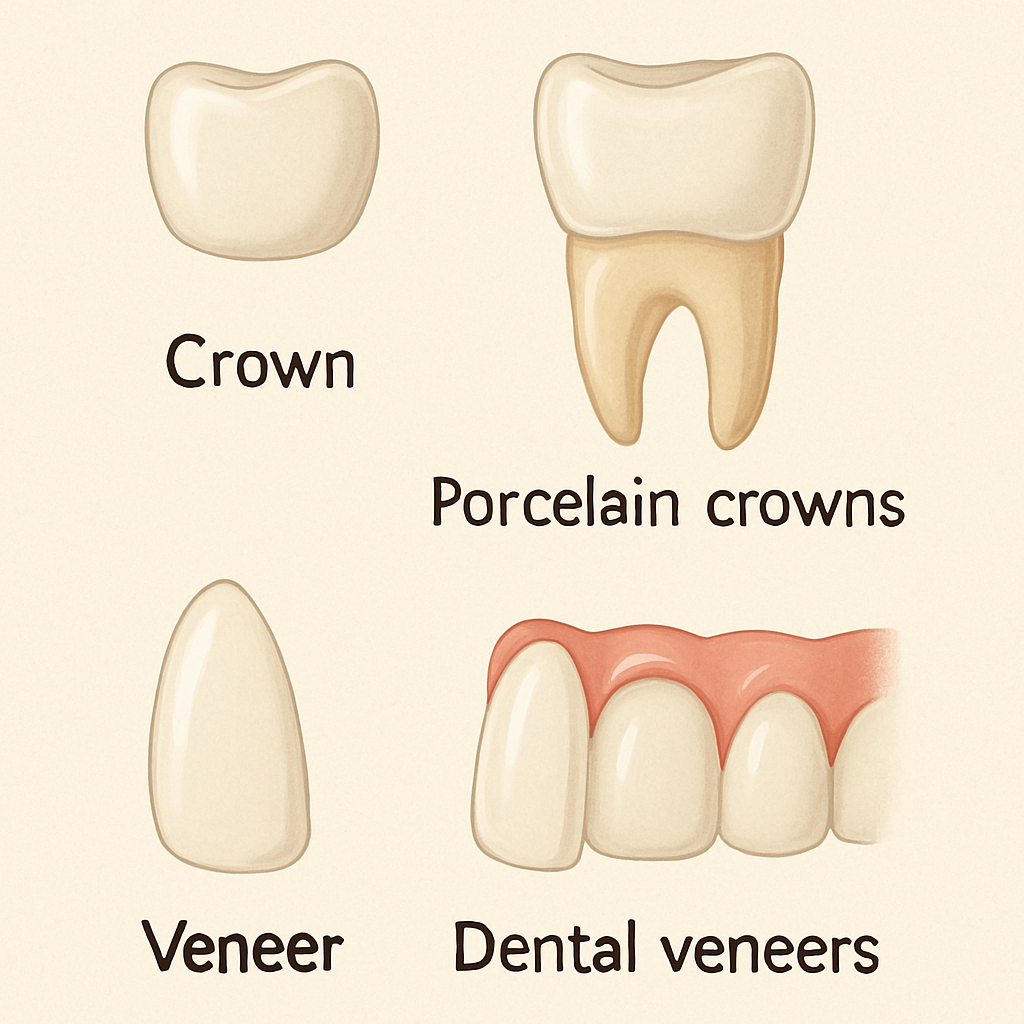The Importance of Preventative Rehabilitation Strategies
Preventative rehabilitation strategies play a crucial role in this context. They are proactive measures designed to maintain and enhance physical health, reducing the risk of injuries and chronic conditions.
Physical therapy is a key component of these strategies. It offers a range of therapeutic interventions tailored to individual needs. These interventions aim to improve strength, mobility, and overall physical function.
But the scope of preventative rehabilitation extends beyond the clinic. It encompasses lifestyle modifications, patient education, and the use of technology to monitor physical health.
In the world of sports, these strategies are invaluable. They help athletes maintain peak performance and reduce the risk of career-ending injuries.
But preventative rehabilitation is not just for athletes. It’s for everyone. From office workers to the elderly, these strategies can enhance quality of life and promote long-term health.
In this article, we delve into the importance of preventative rehabilitation strategies. We explore their role in physical therapy, their benefits, and how they can be implemented for optimal health.

Understanding Preventative Rehabilitation
Preventative rehabilitation is a proactive approach to healthcare. It focuses on preventing injuries and chronic conditions before they occur. This is achieved through a combination of physical therapy, exercise, education, and lifestyle modifications.
The goal is to enhance physical function and overall health. This is done by improving strength, flexibility, balance, and mobility. It also involves educating individuals about their bodies and how to care for them.
Key elements of preventative rehabilitation include:
- Regular physical activity
- Strength and conditioning exercises
- Functional training
- Mobility exercises
- Patient education
- Lifestyle modifications
The Role of Physical Therapy in Preventative Care
Physical therapy plays a pivotal role in preventative rehabilitation. Physical therapists are experts in movement and function. They use this expertise to assess individuals, identify potential risks, and develop personalized preventative strategies.
These strategies often involve therapeutic exercises. These exercises are designed to improve strength, flexibility, and balance. They also help to enhance mobility and coordination, reducing the risk of falls and injuries.
Physical therapists also educate patients about their bodies. They teach them how to move safely and efficiently. This education is a crucial component of preventative care, empowering individuals to take charge of their health.
Tailoring Strategies to Individual Needs
Preventative rehabilitation is not a one-size-fits-all approach. It recognizes that each individual is unique, with different needs, abilities, and goals. Therefore, strategies must be tailored to each person.
This involves a thorough assessment of the individual. Physical therapists consider factors such as age, fitness level, medical history, and lifestyle. They also take into account the person’s goals, whether it’s running a marathon or simply being able to play with their grandchildren.
Based on this assessment, a personalized preventative rehabilitation plan is developed. This plan is then regularly reviewed and adjusted as needed, ensuring it remains effective and relevant.
The Benefits of Injury Prevention
Injury prevention is a key aspect of preventative rehabilitation. By reducing the risk of injuries, individuals can maintain an active lifestyle. They can continue to participate in the activities they enjoy, without the fear of pain or disability.
The benefits of injury prevention extend beyond the individual. It also has a positive impact on the healthcare system. By preventing injuries, we can reduce the demand for healthcare services. This can lead to significant cost savings.
Key benefits of injury prevention include:
- Maintaining an active lifestyle
- Reducing the risk of disability
- Enhancing quality of life
- Reducing healthcare costs
Reducing Healthcare Costs Through Prevention
Preventative rehabilitation can lead to significant cost savings. By preventing injuries and chronic conditions, we can reduce the need for expensive treatments and interventions. This can result in lower healthcare costs for individuals and society as a whole.
Moreover, by staying healthy and active, individuals can avoid the indirect costs associated with injuries. These include lost wages, reduced productivity, and the emotional toll of dealing with a chronic condition.
Early Intervention and Chronic Condition Management
Preventative rehabilitation also involves early intervention. This means identifying and addressing potential issues before they become serious problems. Early intervention can prevent the development of chronic conditions, which are often difficult and costly to manage.
Chronic conditions can significantly impact an individual’s quality of life. They can limit mobility, cause pain, and lead to disability. By preventing these conditions, we can enhance individuals’ health and well-being.
Furthermore, preventative rehabilitation can help manage existing chronic conditions. Through targeted exercises and lifestyle modifications, individuals can improve their condition and prevent further deterioration. This can lead to improved health outcomes and a better quality of life.
Key Preventative Rehabilitation Strategies
Preventative rehabilitation involves a range of strategies. These strategies are designed to enhance physical health, prevent injuries, and manage chronic conditions. They can be tailored to meet the unique needs and goals of each individual.
Key preventative rehabilitation strategies include:
- Strength and conditioning programs
- Functional training for daily activities
- Mobility exercises to improve range of motion
These strategies can be incorporated into an individual’s lifestyle or healthcare regimen. They can be implemented at home, in the workplace, or in a clinical setting.
Strength and Conditioning Programs
Strength and conditioning programs are a key component of preventative rehabilitation. These programs involve exercises that build strength, improve endurance, and enhance physical performance. They can help prevent injuries by strengthening the muscles and improving body mechanics.
Strength and conditioning programs can be tailored to the individual’s needs and goals. They can focus on specific areas of the body, or they can provide a full-body workout. The intensity and duration of the exercises can also be adjusted to match the individual’s fitness level.
By participating in strength and conditioning programs, individuals can enhance their physical health and reduce the risk of injuries. They can also improve their performance in sports and other physical activities.
Functional Training for Daily Activities
Functional training is another important strategy in preventative rehabilitation. This type of training involves exercises that mimic the movements of daily activities. The goal is to enhance the individual’s ability to perform these activities safely and efficiently.
Functional training can help prevent injuries by improving body mechanics and enhancing functional fitness. It can also improve the individual’s quality of life by making daily activities easier and less strenuous.
By incorporating functional training into their routine, individuals can enhance their physical health and prevent injuries. They can also improve their ability to perform daily activities, leading to a better quality of life.
Mobility Exercises and Range of Motion
Mobility exercises are designed to improve range of motion. They involve movements that stretch the muscles and joints, enhancing flexibility and reducing stiffness. These exercises can help prevent injuries by improving joint health and enhancing body mechanics.
Mobility exercises can be tailored to the individual’s needs and goals. They can focus on specific areas of the body, or they can provide a full-body workout. The intensity and duration of the exercises can also be adjusted to match the individual’s fitness level.
By incorporating mobility exercises into their routine, individuals can enhance their physical health and prevent injuries. They can also improve their range of motion, leading to better performance in sports and other physical activities.
Implementing Preventative Rehabilitation in Various Settings
Preventative rehabilitation strategies can be implemented in various settings. These include the home, the workplace, and clinical settings. The choice of setting depends on the individual’s needs, goals, and lifestyle.
Key settings for implementing preventative rehabilitation include:
- The home
- The workplace
- Clinical settings
Each setting offers unique opportunities for preventative rehabilitation. The home setting allows for flexibility and convenience. The workplace setting provides opportunities for ergonomic interventions. Clinical settings offer access to professional guidance and specialized equipment.
Workplace Rehabilitation Strategies
Workplace rehabilitation strategies are designed to prevent work-related injuries. They involve ergonomic interventions, exercise programs, and education on safe work practices. These strategies can help reduce the risk of injuries and improve productivity.
Workplace rehabilitation strategies can be tailored to the specific needs and risks of the workplace. They can focus on preventing common work-related injuries, such as back pain and repetitive strain injuries. They can also address the unique challenges and risks associated with specific jobs or tasks.
Sports Medicine and Athletic Training
In the field of sports medicine, preventative rehabilitation plays a crucial role. It involves strategies designed to prevent sports-related injuries and enhance athletic performance. These strategies include strength and conditioning programs, functional training, and mobility exercises.
Sports medicine professionals can provide guidance on the implementation of these strategies. They can tailor the strategies to the athlete’s needs, goals, and sport. They can also monitor the athlete’s progress and adjust the strategies as needed.
By incorporating preventative rehabilitation into their training regimen, athletes can enhance their performance and reduce the risk of injuries. They can also prolong their athletic career and improve their quality of life.
Overcoming Barriers to Preventative Rehabilitation
Despite the clear benefits, there can be barriers to implementing preventative rehabilitation strategies. These barriers can be physical, psychological, or logistical in nature. Overcoming these barriers requires a multifaceted approach.
Physical barriers may include pain, disability, or lack of access to appropriate facilities or equipment. Psychological barriers may include lack of motivation, fear of injury, or misconceptions about rehabilitation. Logistical barriers may include time constraints, financial limitations, or lack of professional guidance.
To overcome these barriers, it’s important to address each one individually. This may involve providing access to appropriate resources, offering education and support, and developing personalized rehabilitation plans.
The Importance of Patient Education and Adherence
Patient education plays a crucial role in overcoming barriers to preventative rehabilitation. By educating patients about the benefits of preventative rehabilitation, healthcare professionals can help dispel misconceptions and fears. They can also provide practical tips and guidance on how to implement these strategies.
Adherence to preventative rehabilitation strategies is also crucial. Without consistent adherence, the benefits of these strategies may not be fully realized. Healthcare professionals can support adherence by providing ongoing support, monitoring progress, and adjusting the strategies as needed.
Patient education and adherence are key to the success of preventative rehabilitation. They can help ensure that the strategies are implemented correctly and consistently, maximizing their benefits.
The Role of Technology and Wearables
Technology and wearables can also play a role in overcoming barriers to preventative rehabilitation. They can provide convenient and accessible ways to implement and monitor these strategies.
Wearables, such as fitness trackers and smartwatches, can monitor physical activity, heart rate, and other health metrics. They can provide real-time feedback, helping individuals stay motivated and on track. They can also provide valuable data for healthcare professionals, aiding in the assessment and adjustment of rehabilitation strategies.
Technology, such as online resources and telehealth services, can provide access to professional guidance and support. They can also provide flexible and convenient ways to implement preventative rehabilitation strategies, overcoming logistical barriers.
Conclusion: Fostering a Culture of Prevention
In conclusion, preventative rehabilitation strategies play a crucial role in maintaining optimal physical health and preventing injuries. They offer a proactive approach to healthcare, focusing on prevention rather than treatment. By implementing these strategies, individuals can enhance their physical capabilities, reduce their risk of injury, and improve their overall quality of life.
Fostering a culture of prevention requires a collective effort. It involves healthcare professionals, individuals, and communities working together to promote and implement preventative rehabilitation strategies. By doing so, we can shift the focus of healthcare from treatment to prevention, leading to healthier, more active, and more fulfilling lives.








